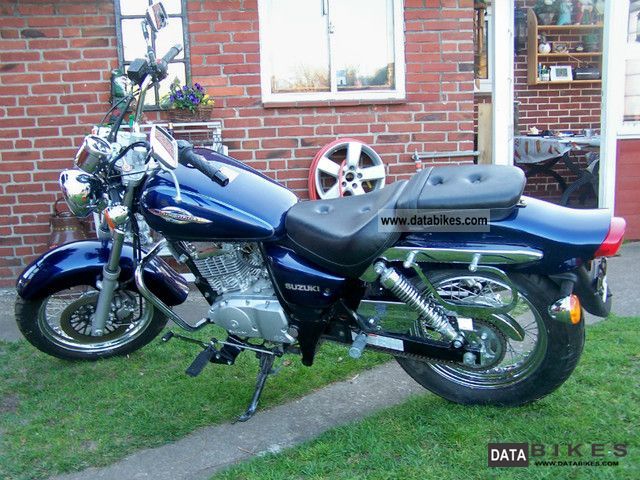Zend Framework 2 Manual Beginner
Introducing our first “Blog” Module Now that we know about the basics of the Zend Framework 2 Skeleton Application, let’s continue and create our very own module. We will create a module named “Blog”. This module will display a list of database entries that represent a single blog post. Each post will have three properties: id, text and title.
We will create forms to enter new posts into our database and to edit existing posts. Furthermore we will do so by using best-practices throughout the whole QuickStart. Array ( 'Application', 'Blog' ), //.

); If you refresh your application you should see no change at all (but also no errors). At this point it’s worth taking a step back to discuss what modules are for. In short, a module is an encapsulated set of features for your application. A module might add features to the application that you can see, like our Blog module; or it might provide background functionality for other modules in the application to use, such as interacting with a third party API. Organizing your code into modules makes it easier for you to reuse functionality in other application, or to use modules written by the community.

Configuring the Module The next thing we’re going to do is add a route to our application so that our module can be accessed through the URL localhost:8080/blog. We do this by adding router configuration to our module, but first we need to let the ModuleManager know that our module has configuration that it needs to load. This is done by adding a getConfig function to the Module class that returns the configuration.
(This function is defined in the ConfigProviderInterface although actually implementing this interface in the module class is optional.) This function should return either an array or a Traversable object. Continue by editing your /module/Blog/Module.php. Array ( 'templatepathstack' = array ( DIR. '/./view', ), ), 'controllers' = array ( /. Controller Configuration./ ), 'router' = array ( /. Route Configuration./ ) ); The above configuration tells the application that the folder /module/Blog/view has view files in it that match the above described default scheme. It is important to note that with this you can not only ship view files for your module but you can also overwrite view files from other modules.
Reload your site now. Finally we are at a point where we see something different than an error being displayed. Congratulations, not only have you created a simple “Hello World” style module, you also learned about many error messages and their causes.
If we didn’t exhaust you too much, continue with our QuickStart and let’s create a module that actually does something.
Installing Zend Framework 2
I just started 4 days ago to use Zend Framework together with Doctrine ORM. To be honest it's very complicated to get started with it. I used the zend documentation, for example the quick start guide. There is an irc channel on freenode #zftalk@irc.freenode.net In addition I googled a lot, there are some good answers here on stack overflow. Sometimes it is good to search for 'what you wanna do tutorial' this way you get quicker solutions, because the manual often does not give you the general overview, it just explains one or some components.
